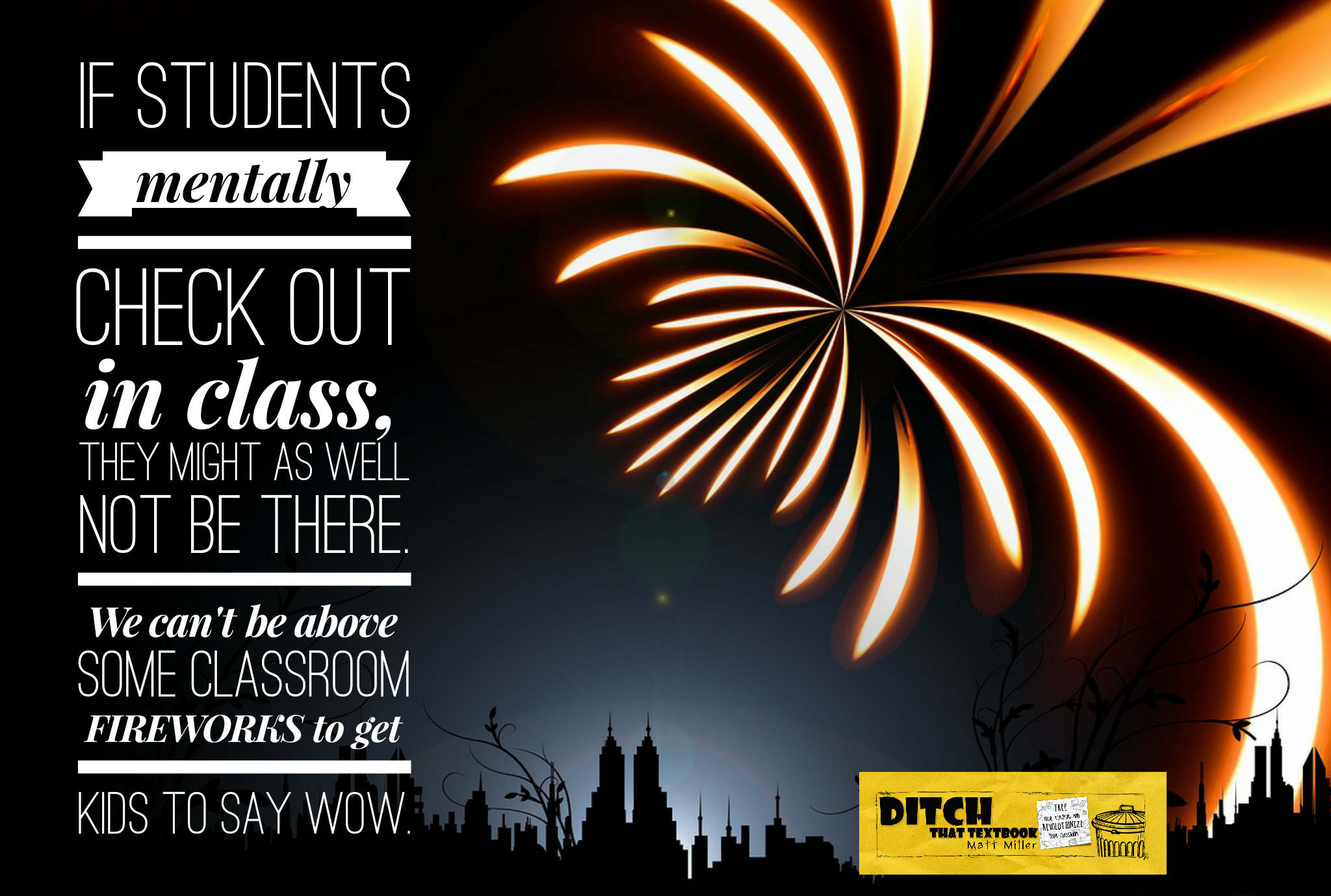

Engagement is still king in the classroom. If students aren’t paying attention, they might as well not be there. (Public domain image via Pixabay.com)
Attention economy is a term that many in business are paying attention to.
There’s lots of noise in media and in our everyday lives. Organizations are doing whatever they can to get people’s attention.
Social media marketing. Billboards. Emails. Advertising in unique locations. (The ads they stick above urinals in the men’s room are a genius move, in my opinion!)
The attention economy trickles down to the classroom. Our students are constantly bombarded with attempts to grab their attention.
Because of that, it’s harder for them than ever to stay focused on a single subject.
We have to be more committed to engagement in the classroom than ever before.
Engagement is king in the classroom, and we can’t be above doing whatever we can to keep our students’ attention.
Gone are the days when we tell students, “Here is your information. Go do your work.”
That’s the easy way. If you don’t get results, it’s easy to say, “Well, I gave them what they needed. They just didn’t work hard enough.”
If we want results – if we want our students to see results – we have to strive for engagement.
Students mentally check out for a variety of reasons. Among them:
If students mentally check out in class, they might as well not be there.
When I started teaching, my first reaction when students were disengaged was, “What’s wrong with them?”
Now, my first reaction is, “What’s wrong with me and my lesson?”
My favorite ways to boost classroom engagement is to connect students with fascinating content-related material. I love using the DITCH model (different, innovative, tech-laden, creative, hands-on) to come up with new ideas. I also like tying the engagement strategies from “Teach Like a PIRATE” to free tech tools (like the ideas in this free ebook).
However, I’m not below showing a quick funny video to engage students. If that’s what it takes to bring their attention back, I’ll sacrifice two minutes of class (and another minute of laughter and discussion) to have their attention.
It’s not wasting time. In many cases, it’s the price of getting them back. Plus, the laughter releases chemicals into the bloodstream that command our attention.
That’s because, whether we like it or not, we’re participants in the attention economy in education. Attention is a commodity. There’s a finite amount of it, and we’ve got to take advantage of what we get. Other times, we’ve got to pay in classroom time to get that attention back.
Without engaging lessons, it doesn’t matter how great your lesson plan is. It doesn’t matter how well your task is designed or how well you deliver a presentation.
We can’t be above some classroom fireworks to get kids to say “wow.”
[reminder]How important is engagement in the classroom? What are your best ideas for keeping kids engaged?[/reminder]For notifications of new Ditch That Textbook content and helpful links:
Interested in having Matt present at your event or school? Contact him by e-mail!
Matt is scheduled to present at the following upcoming events:
[getnoticed-event-table scope=”upcoming” max=”15″ expanding=”false”]
Session expired
Please log in again. The login page will open in a new tab. After logging in you can close it and return to this page.
Great Post!
The strategies I use to keep students engaged (I teach grad students online), is by providing them opportunties to apply what they are learning. I teach Special Education to soon to be teachers and I want to provide them with (a) tools that are inline with their individual approaches and philosophies to teaching and (b) time and space to explore different tools along with self-reflection as to who they are as a teacher. Most of my “reading list” consists of short clips, articles, or sites that provide (I hope) practical examples and tools. Of the 4 texts, I encourage my students to read, annotate, reflect, and comment on one another’s comments collaboratively (using a tool called Kaizena). In this way, while my students are from all over the world, when they enter my classroom they are part of a virtual classroom. Further, I am providing both the theory and the practical tools, which to be honest, are the more important variable, as having the right tools for the right job will not only benefit the teacher, but also (and most importantly) will benefit the student.
My students seem to love personal stories I can relate to them. They love hearing about my mistakes/trials/tribulations when I was their age or when I was working at a non-school job.
It might not be fireworks, but if you figure out a way to give your students choices within a lesson- this will grab their attention.
I sometimes use Classcraft as a management tool. The management tool I don’t use as much, but a Random Daily Event I do use. It often starts things off with a laugh and that is good. Our Favorite is a name that tune variety. It randomly selects people/teams and I pick a song at least 10 years old.
good times…good times.
Thanks for the fantastic information.
Looking forward to others comments.
My second graders love show and tell type stuff! They can’t sit through 20 people sharing one at a time!!! We did an antique road show for our now and then unit. They could dig up something from the past with Parents or Grandparents from home. They filled out an exhibit info sheet and soon I had an antique store in my class! We walked around to exhibits and kids loved it!!! It really wasn’t hard to organize! Parents and Grandparents could come too!!????